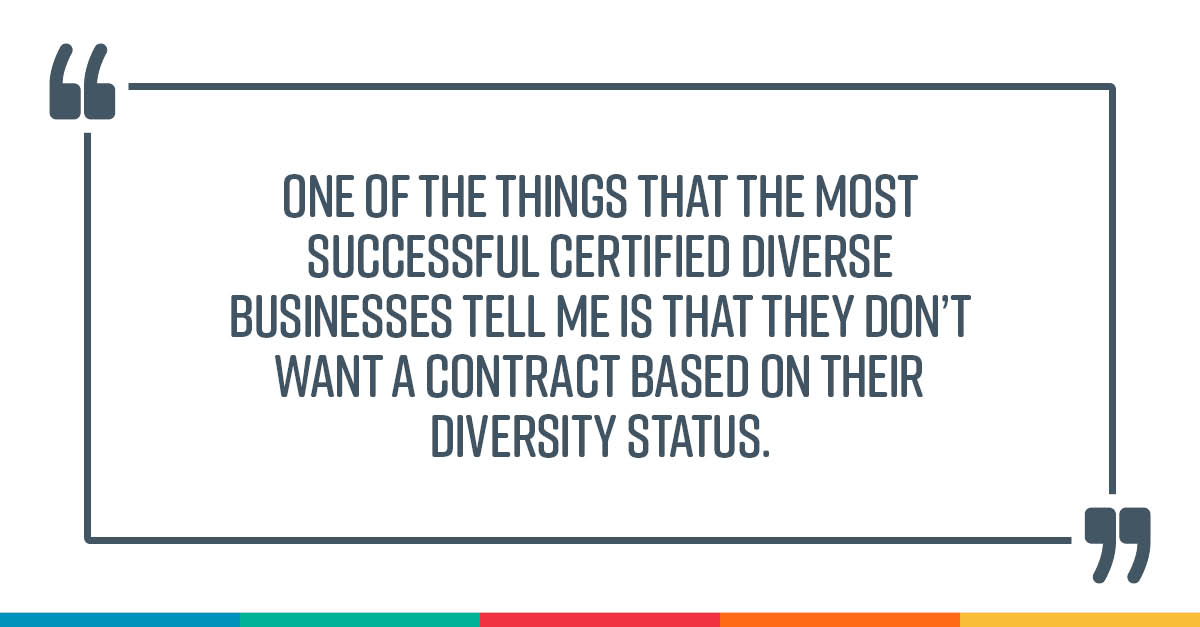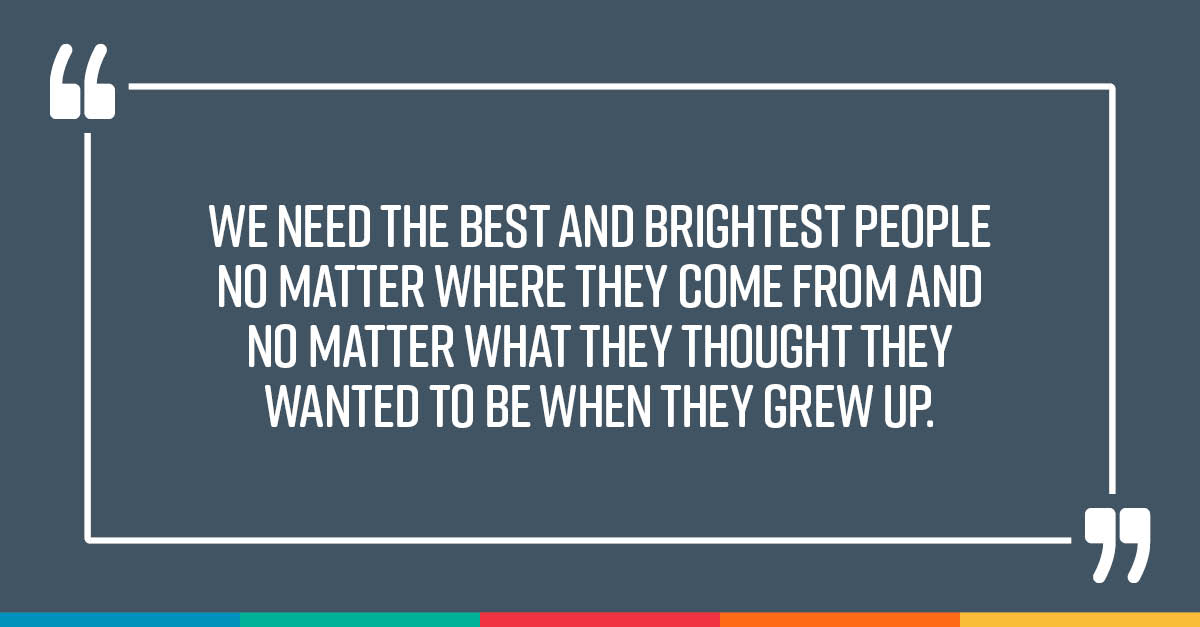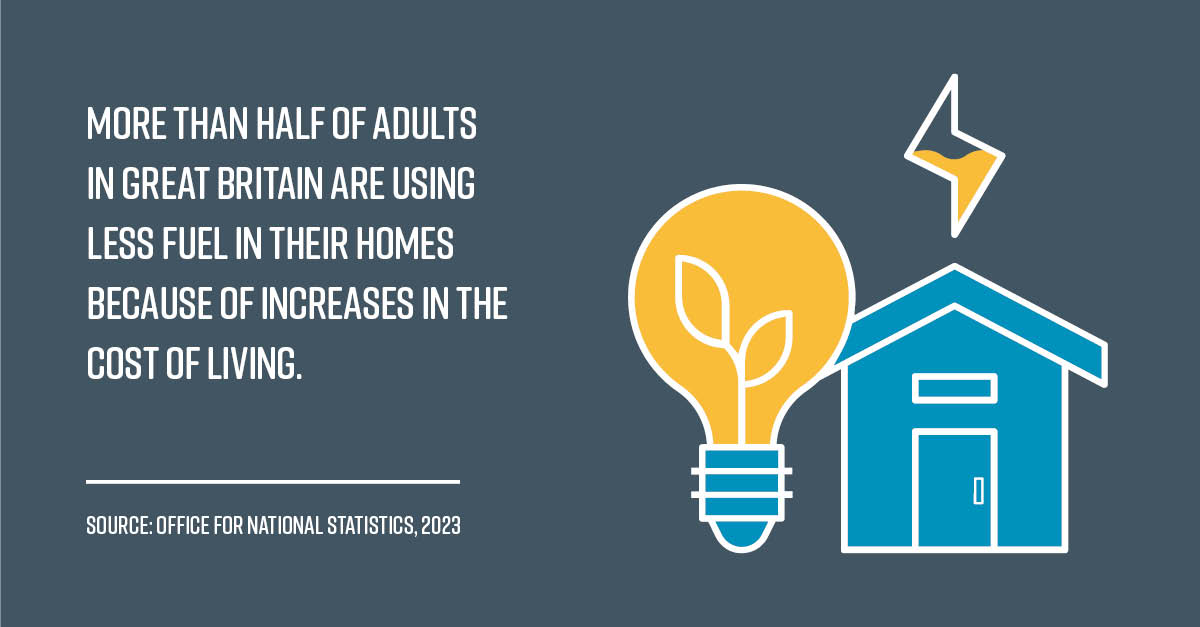Jonathan O’Brien, CEO of Positive Purchasing, has asked key thought leaders, opinion formers and all-round smart professionals from the world of procurement and beyond to share their thoughts on current hot procurement topics by answering five ‘questions of the moment’.
This edition’s expert is the wonderful Kelly Barner
Kelly is behind some of the leading publications and shows in the procurement space. She is a Partner and the Head of Content and Operations at Art of Procurement. Kelly also hosts the incredible Dial P for Procurement and The Sourcing Hero podcasts.
Jonathan’s 1st question of the moment : Supplier diversity – are we getting it right?
Supplier diversity has been on my mind a lot over the last couple of years. At a high level the background music is very enthusiastic, however, where the rubber hits the road, I have seen somewhat limited progress in truly operationalizing supplier diversity. Certainly, organizations say they want to work with suppliers from traditionally disadvantaged backgrounds – and I am sure they genuinely mean it – but many struggle to convert this enthusiasm into something that can actually be executed.
The Negative Side of Positive Discrimination
Many organizations are doing a good job of inviting certified diverse businesses to participate in sourcing projects, so a good proportion of tenders and RFP responses are coming in from diverse suppliers. However, the proportion of business awarded does not reflect this. In effect, we are unconsciously driving churn, and many diverse suppliers are smaller businesses who can ill afford the costs of unsuccessful sales pitches.
Some certified diverse supply companies are actually giving up their certification as they cannot afford to respond to RFPs where they may just be making up the diversity numbers.
Don’t Choose Us Because We’re Diverse – Buy Us Because We’re Good
One of the things that the most successful certified diverse businesses tell me is that they don’t want a contract based on their diversity status.
That said, they are happy for diversity to play a part in getting them an opportunity, but they want any subsequent contract award to be because they are the best positioned to deliver a unique value proposition. They also recognize the staying power of being a good supply partner.
My feeling is that some core messages are getting dropped between intent and execution, and it will only be by coming together to discuss the opportunities and how we go about realizing them, that we’re going to drive positive change.

Jonathan’s 2nd question of the moment: What particular areas of the World should we be sourcing from now – and are there other parts of the World that we should definitely not be sourcing from?
Think Global – Source Local
We should source more locally, through strategic production and labour partners that are easily accessible and who we can pull in, either as our primary or secondary source of supply. Those relationships can be among our most strategic.
No-Buy Zones
There are the obvious places to avoid – China because of the Uyghur Forced Labour Act, the issues with Huawei and security, and the looming Taiwan situation. And, of course, Russia.
Most solar panels are produced in Xinjiang, China, so now we see companies having to choose between being greener by bringing in solar panels or doing the right thing around human slavery by staying out of this region of China.
Look to the Long Term
Global unrest, the pandemic, climate issues, and other catastrophic events have heightened a general feeling of unpredictability and this, in turn, has impacted our confidence horizon. The energy crisis in Europe and the potential impact on microchip supplies as China looms over Taiwan are just the tip of the iceberg. Creating alternative solutions will take both vision and time – lots of time. So, we are going to have to raise our heads and look 10, 15, 20, maybe even 50 years ahead.
Government Support
Take the microchip market for example. The vast majority of fabricators are in Taiwan, in fact the largest producer, TSMC, is estimated to deliver up to 60 percent of the world’s semiconductor chips. Given the potential impact should China escalate its action, the U.S. government has been encouraging domestic production.
The U.S. government understands the need for long-term thinking and the CHIPS Act has seen many billions of dollars thrown at accelerating the establishment and rapid growth of domestic semiconductor chip manufacturers. But even with this level of government support, it may take up to 10 years to get the new fabricators to the level of the existing market leaders in Taiwan.
Jonathan’s 3rd question of the moment: What do you think CPOs should be thinking about right now?
CPOs Need to Think Like CEOs
CPOs don’t only need to lengthen their vision, they need to broaden and deepen it too. Historically, we have thought about where the supply chain and procurement overlap, or how products and services that come into the organization are distinct from those going out and generating revenue by getting to the end customer. Now, as data availability grows and our ability to process and analyze it improves, we can start working on bigger and more complex problems and opportunities.
The CHIPS Act is a good example of this, but there are many other 5, 10- and 20-year issues like sustainability, modern slavery, diversity, local impact, or right-shoring that we need to be thinking about the same way a CEO does. There needs to be more top-down thinking, coupled with far greater collaboration.
One of the things we are really good at in procurement is multi scenario analysis and optimization. We are adept at having a range of different goals, objectives, and challenges that we’re trying to work around and satisfy at the same time. So, approach it like a war gaming scenario and ask the tough questions – what happens if we do this, or this and this? Sure, we will have to make a tough decision and prioritize those things that are most important – but isn’t that what we do? It is certainly what the CEO does. I think this is where we can not only help our companies understand the cost impact of some of these different decisions, but also understand the much bigger issues – human, environmental, even national security.
The Silver Lining of COVID
COVID was horrible, but aside from some super-accelerated medical research, one good thing to come out of the pandemic is the rise of distributed working. Many people are now spending a significant proportion of time working from home, which is breaking down the traditional “organization within a building” structure. Now we can virtually sit next to that stakeholder we have been seeking a closer relationship with, as we are technically just as close to them as the rest of their team.
The ball is in our court and how we handle this moment will determine whether we can actually cause the planets within companies to realign so that procurement gets that little bit closer to the centre of the universe.
Jonathan’s 4th question of the moment: Can you put your finger on the one thing that will make the greatest positive difference to the procurement industry going forward?
That’s easy – talent.
We must attract smart, proactive individuals into our field, and to do this we need to completely change our approach to recruiting. You know, almost every single person I’ve ever met in procurement has ended up there because they tripped and fell or opened the wrong door, me included! I am of the generation that fell into procurement. I ended up here accidentally, but I adore it and I intend to do everything for the field that I can, which includes evangelizing the opportunity of working in this space.
We Have to Make Procurement Cool
We have to attract bright new graduates and make them aware of the kind of work that we do, how we impact the company, and the career progression that can follow when you do a rotation through procurement relatively early in your career.
We need the best and brightest people no matter where they come from and no matter what they thought they wanted to be when they grew up. This will organically create the kind of diversity we need.
We need to look for those who are naturally good at analysis, those who have an aptitude for (and really enjoy) negotiation, or some that love digging into the commodities that influence the price of the stuff the organization buys. These people need to be supported, trained, and encouraged to figure out what they are best at, then they can create a specialization for themselves.

Jonathan’s 5th question of the moment: What is the single most important thing that we should all be thinking about?
Slow is Smooth and Smooth is Fast
Right now, things are weird – coping with the world after Covid, managing through the war in Ukraine, keeping a wary eye on China, adjusting to a range of political unrest and staying agile to address the effects of climate issues and natural disasters is challenging to say the least.
Just stay calm. Everyone just needs to breathe and stay calm. In my house we have an expression, “slow is smooth and smooth is fast” and if I had a dollar for every eye-roll I received in response to saying that, I would be so rich!
So, slow down, do it right, and you will actually be faster in the long run, and that is absolutely the right way to address things right now.
You can hear more from Kelly Barner by checking out the Dial P for Procurement and The Sourcing Hero podcasts.
Written by Jonathan O’Brien, leading procurement expert and CEO of Positive Purchasing and Red Sheet Negotiation. Jonathan works with global blue-chip organizations to help transform their procurement and negotiation capability.


